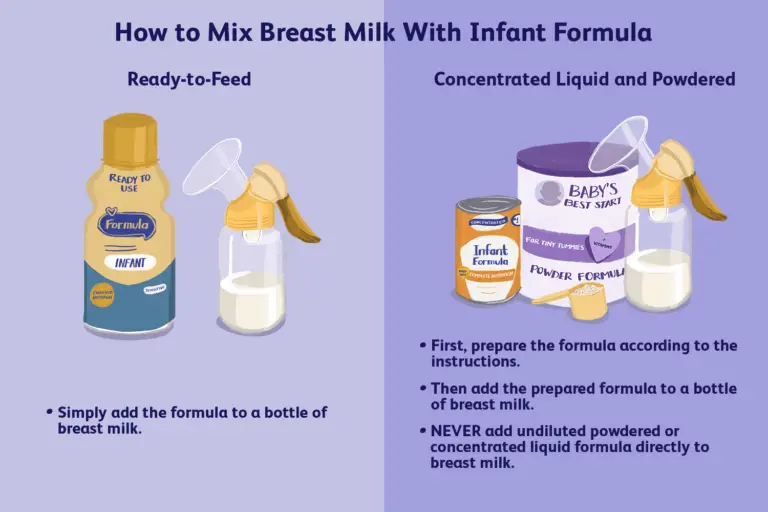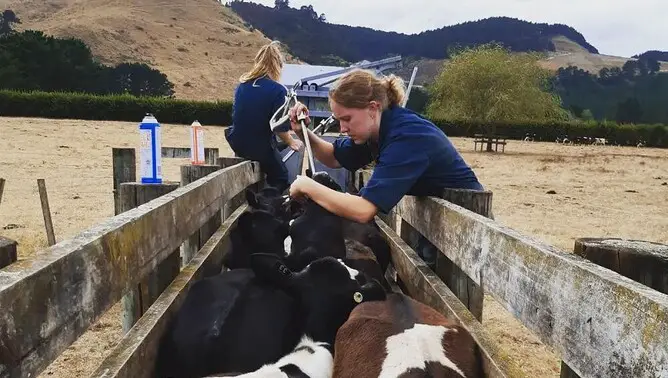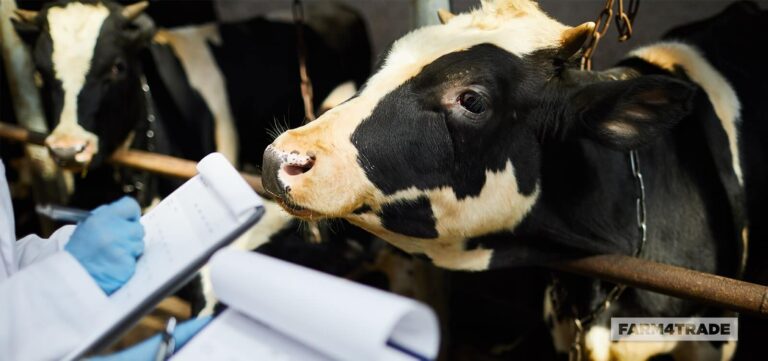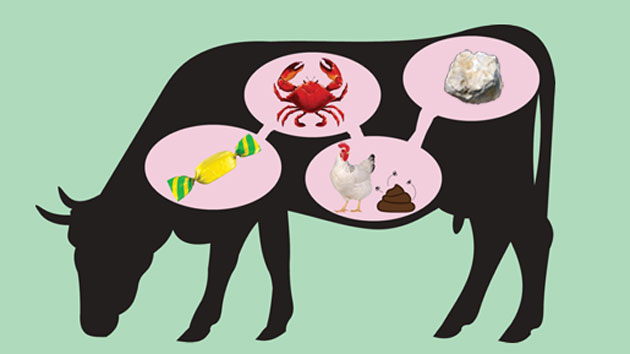Cattle Problem in Australia: Urgent Solutions
The cattle problem in Australia stems from clearing native vegetation, impacting wildlife habitat, and poor grazing practices leading to sediment runoff and damage to the Great Barrier Reef. These issues have significant environmental implications and highlight the need for sustainable practices in the livestock industry.
As one of the largest sectors in Australian agriculture, cattle farming plays a crucial role in the country’s economy. However, challenges such as climate change, technological disruptions, and evolving market demands pose significant hurdles for livestock keepers. Understanding and addressing these challenges are essential for ensuring the long-term sustainability and profitability of the Australian cattle industry.

Credit: animalsaustralia.org
Current Challenges In Cattle Farming
Drought and Water Scarcity: The prolonged drought in Australia has led to water scarcity, affecting the availability of drinking water for cattle and the ability to irrigate pastures.
Rising Costs of Production: Farmers are facing increasing costs for feed, water, and infrastructure, impacting the profitability of cattle farming.
Animal Welfare Concerns: With the challenges of drought and rising costs, there are growing concerns about the welfare of cattle and the ability to provide adequate care and resources for them.
Solutions For Sustainable Cattle Farming
There are several challenges related to sustainable cattle farming in Australia. Improving grazing practices is crucial to mitigate the negative impact on the environment. Additionally, investing in technology can help to enhance efficiency and reduce resource usage. Furthermore, promoting alternative protein sources can provide a more sustainable approach to meet the growing demand for protein while reducing the environmental footprint of cattle farming. These solutions are essential for the long-term sustainability of cattle farming in Australia.
Environmental Impact Of Cattle Farming
Cattle farming in Australia has had a significant environmental impact on the country. Deforestation and habitat loss have occurred due to the clearing of native vegetation for pasture, leading to the sacrifice of wildlife habitat. Additionally, poor grazing practices have resulted in excess sediments entering waterways, causing damage to places like the Great Barrier Reef. Moreover, greenhouse gas emissions from cattle farming contribute to climate change, and water pollution has become a concerning issue. Efforts to address these environmental impacts are essential to ensure the sustainability of cattle farming in Australia.
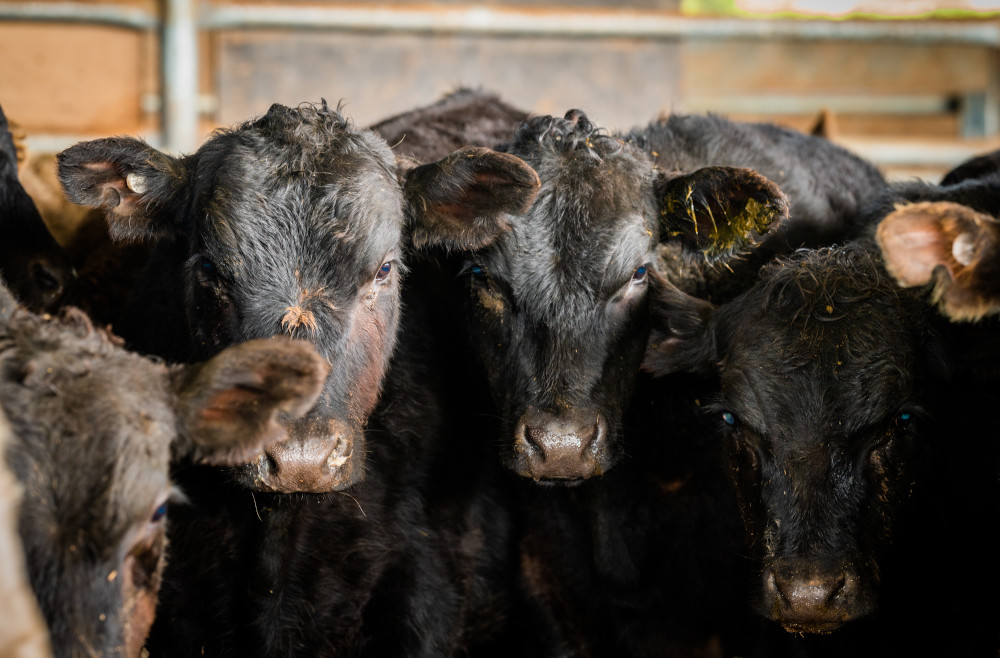
Credit: kb.rspca.org.au
The Future Of Cattle Farming In Australia
The cattle industry in Australia is undergoing a significant shift towards sustainable practices. This change is driven by the need to address the environmental impact of cattle farming while maintaining economic viability. One key aspect of this shift is the reduction in reliance on the beef industry. Farmers are exploring alternative sources of income and diversifying their operations to reduce their dependence on beef production. Furthermore, there is a growing emphasis on balancing economic and environmental concerns. Farmers are implementing practices that prioritize both profitability and environmental stewardship, such as rotational grazing and regenerative agriculture.
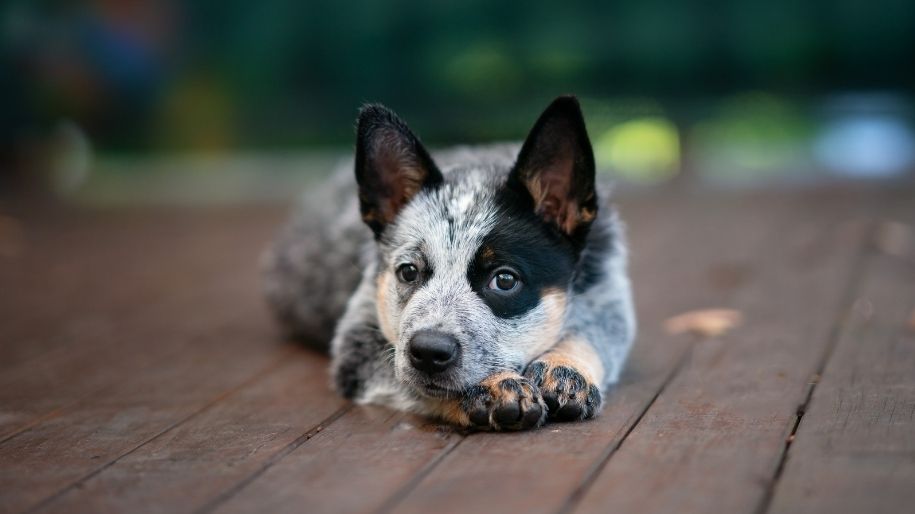
Credit: www.metlifepetinsurance.com
Frequently Asked Questions
What Is The Problem With Cattle In Australia?
The problem with cattle in Australia is the clearing of native vegetation for pasture, causing wildlife habitat loss and poor grazing practices leading to excess sediments entering waterways and damaging areas like the Great Barrier Reef. However, Australian laws require animals to be stunned before slaughter using a captive bolt gun.
The livestock and aquaculture sectors in Australia are facing significant changes due to various megatrends such as climate change, technological disruption, and changing consumer needs. There are currently millions of cattle in Australia, with most of the beef being exported.
How Are Beef Cattle Killed In Australia?
In Australia, beef cattle are stunned unconscious before having their throats cut using a captive bolt gun.
Do We Have Lumpy Skin Disease In Australia?
Yes, Australia is free from lumpy skin disease (LSD) and has never had an incursion of the disease. LSD primarily affects cattle and buffalo.
What Are The Challenges Facing Livestock Keeping In Australia?
Challenges facing livestock keeping in Australia include climate change impacts, limited resources, technological disruptions, and changing market needs.
Conclusion
The cattle problem in Australia poses threats to wildlife habitats and waterways. Implementing sustainable grazing practices is crucial to mitigate these impacts. With changing climate and market needs, the livestock sector faces challenges that require adaptive solutions. Preserving Australia’s natural resources while meeting demand is key for a sustainable future.
Also Worth Reading:
- Best Cattle Feed : Top Picks for Healthy Cows
- Best Way to Load Cattle in a Stock Trailer: Expert Tips
- Discover the Ultimate Best Cattle Feed Formula
- How are Farm Cows Killed : Unveiling the Slaughter Process
- How Do Cows Know Not to Cross Cattle Guards : The Surprising Science
- How Do You Connect Cattle Panels Together: Expert Tips
- How Do You Know If Baby Has Cows Milk Intolerance: Symptoms and Diagnosis.
- How Do You Know If Cows are Pregnant : A Comprehensive Guide
- How Good Can Cows Smell : Unveiling Their Sensory Superpower
- How Many People Have Cows: The Global Impact
